Pickling on Tinplate: A Key Process in the Metal Packaging Industry
Pickling is a fundamental step in the production of tinplate for the metal packaging industry. This process involves cleaning and preparing the surface of the steel to remove the oxide layer that forms during hot rolling, an essential preliminary step in the manufacture of tinplate.
What is steel pickling?
Pickling is a chemical treatment applied to steel sheets to remove impurities, oxides and scale that have formed on the surface of the metal during previous processes, such as hot rolling. The presence of these impurities can adversely affect the quality of the subsequent coating and the formability of the material.
Pickling Process in Tin Plate Production
- Preparation: Prior to pickling, steel coils are uncoiled and cut to the required specifications for metal containers or lids.
- Immersion in Acid Baths: The sheets are immersed in acid baths, commonly hydrochloric acid or sulfuric acid, which dissolve and remove the oxide layer.
- Washing: After acid treatment, the sheets are washed with water to remove acid residues and prevent future corrosion.
- Drying: The sheets are dried to remove any remaining moisture that may affect subsequent stages, such as cold rolling.
Quality Control in Pickling
Quality control is crucial in the pickling process. Several parameters must be monitored to ensure that the steel surface is clean and ready for cold rolling and tin coating:
- Acid Concentration: The acid concentration in the baths is controlled to ensure efficient oxide removal without damaging the base metal.
- Immersion Time: The immersion time is adjusted to ensure that the entire surface is adequately treated.
- Bath Temperature: An optimum temperature is maintained to maximize the efficiency of the pickling process.
Pickling Challenges
The main challenge of pickling is the balance between effective rust removal and preservation of steel quality. Excessive pickling can thin the metal and alter its properties, while insufficient pickling can leave oxide residues that affect tin adhesion and the quality of the final package.
Conclusion
Pickling is a critical step in the manufacture of tinplate for metal containers. Through careful control and precise execution, this process ensures that the steel surface is ready to receive the tin coating and meet the quality standards required in the metal packaging industry. The resulting tinplate is the basis for packaging that protects food and beverages from external factors, thus contributing to the safety and quality of the packaged product.

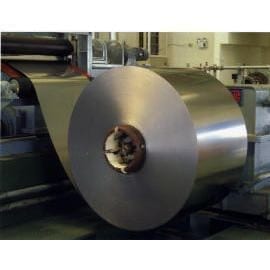




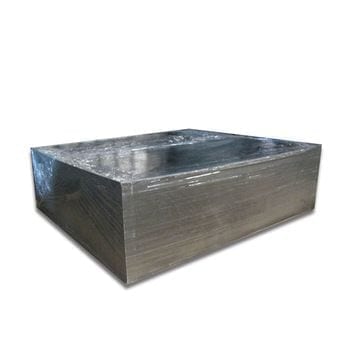
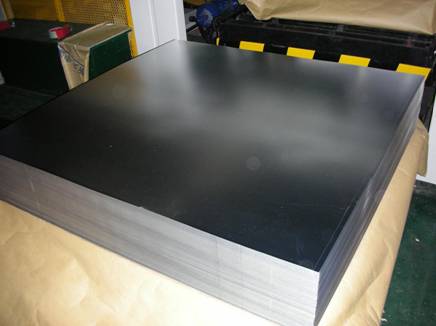
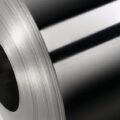

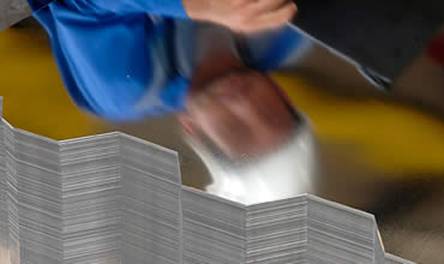
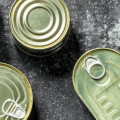



0 Comments